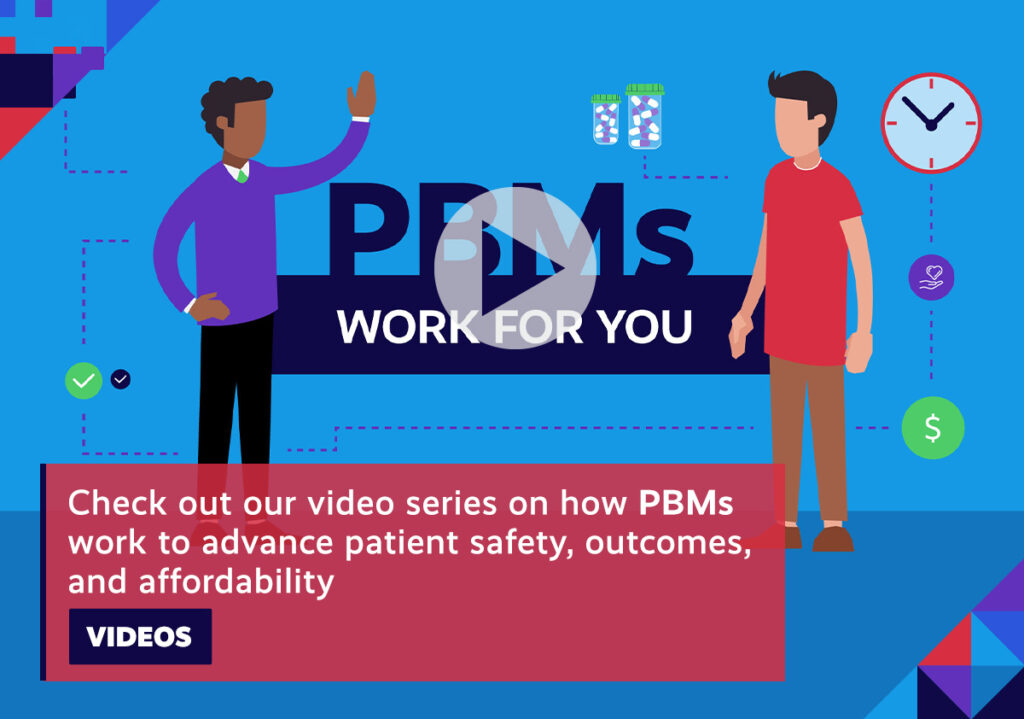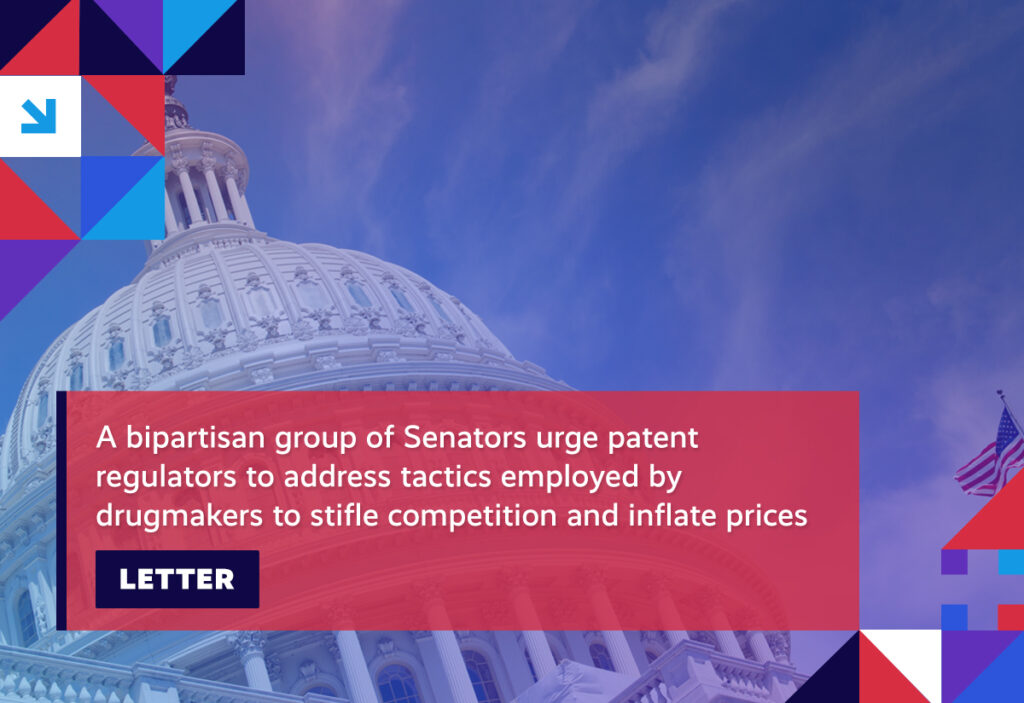How some private equity interests are negatively impacting rural communities; drugmakers invest heavily…in their shareholders; analysis shows broad coverage of insulin products in Medicare Part D; and, clinical waste drives excess healthcare spending.
We encourage you to stay involved as implementation efforts surrounding healthcare reform progress. Visit the Health Action Network and be sure to let us know what’s on your mind.
Item of the Week

Week in Review
Private Equity: As highlighted last week, private equity interests continue to wreak havoc on healthcare costs and access across the country. Perhaps this is felt most acutely in rural communities, who already find themselves struggling to meet the needs of vulnerable patient populations. An investigative piece published last week focuses on one such community and what happened after private equity investors swooped in and essentially gutted two local hospitals. Those two systems, Audrain Community Hospital in Mexico, Missouri, and nearby Callaway Community Hospital, had both found themselves in increasingly precarious financial positions before a private equity firm swooped in. That firm, Noble, had raised millions of dollars to back dozens of healthcare companies, in addition to the nearly $20 million in COVID relief funds it had received prior to closing those hospitals – funds whose use has still not been accounted for. Distressingly, this scenario seems to be playing out with alarming frequency. In fact, these types of private equity investments have not only increased twentyfold between 2000 and 2018, but they have also accelerated. Given their focus on acquiring health systems as cheaply as possible and reaping quick rewards, already-distressed hospitals make irresistibly attractive targets, putting the health of the communities they serve at the mercy of private equity firms motivated solely by profit. Unfortunately, a recent report found that more than 20 percent of rural hospitals, like Audrain and Callaway, find themselves similarly vulnerable.
Rx Investors: According to a pair of recent reports, the pharmaceutical industry enjoyed another banner year of massive profit growth, which led to heavy investment in shareholders in the form of buybacks and dividends. (Keep in mind that all this happened as drugmakers continued their twice-yearly price hikes amidst the ongoing coronavirus public health crisis.) In total, the world’s largest 11 drug manufacturers spent $110 billion on their shareholders last year – a five-year high, at least – easily eclipsing these companies’ respective investments in research and development (R&D). The reports come on the heels of pharmaceutical companies already having delivered another round of Wall Street-besting earnings reports for the first quarter.

Insulin Coverage: With lawmakers having set their sights on addressing the rising cost of insulin, a new report seeks to provide critical context to the evolving policy conversation. Compiled by management consulting firm, Milliman, the analysis illustrates the breadth of coverage for insulin products currently available to beneficiaries enrolled in the Medicare Part D prescription drug program. According to their findings, this year, approximately 2-out-of-3 Part D enrollees typically pay $35 or less for a 30-day supply of insulin. In reaction to the report, key stakeholders point out the important work that Medicare Part D plans and pharmacy benefit managers (PBMs) continue to engage in to ensure that patients have access to the affordable medicines they need.
Clinical Waste: While the unsustainable trajectory of prescription drug prices has certainly earned its share of attention in the healthcare cost debate, the role that hospitals and providers play in driving up those costs also warrants consideration. Perhaps nowhere is this more evident than when it comes to the issue of clinical waste. New research released by Health Affairs puts an even finer point on it, emphasizing just how pervasive waste in our system has become. According to their analysis, clinical waste – including, failures of care coordination and overtreatment – now accounts for as much as 15.7 percent of all healthcare spending in this country. With the onset of the COVID pandemic, healthcare spending made up 19.7 percent of U.S. gross domestic product (GDP) – a number that pre-pandemic analysis hadn’t projected us hitting until 2028. Broadly speaking, clinical waste consists of a range of issues, from unnecessary care to lack of coordination. Researchers went on to say that identifying the conditions that lead to waste is a necessary step in curbing healthcare spending growth.

Spotlight

| You can keep up with the latest by following the Health Action Network on Twitter and by liking us on Facebook. And, be sure to check us out on LinkedIn, too. As always, let us know if there’s something you’d like to see covered in a future newsletter. |
